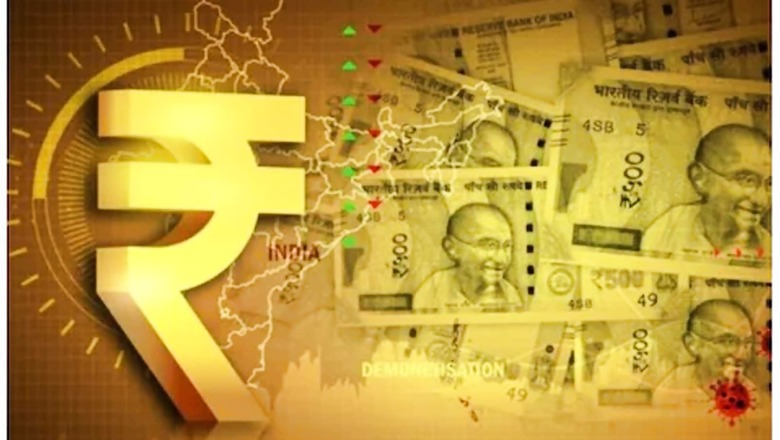
views
Less than a month after the digital rupee’s trial in the wholesale segment, the Reserve Bank of India (RBI) on Tuesday announced to launch the first pilot of retail digital rupee (e₹-R) on December 1. This significant announcement will allow people to use India’s first central bank digital currency (CBDC) for retail purchases.
What Is Retail Digital Rupee?
It is India’s first central bank digital currency (CBDC), or a digital or virtual currency, that can be used for retail purchases. Like paper currency, it is also issued by the Reserve Bank of India. “The e₹-R would be in the form of a digital token that represents legal tender,” the RBI said on Tuesday.
In her Budget 2022-23 Speech earlier this year, Finance Minister Nirmala Sitharaman said the RBI will introduce a digital currency during the ongoing financial year to boost the digital economy and for efficient currency management.
How Can You Use It?
The RBI on Tuesday said users will be able to transact with the digital rupee, or e₹-R, through a digital wallet offered by the participating banks and stored on mobile phones/ devices. Transactions can be both person-to-person (P2P) and person-to-merchant (P2M).
The retail digital rupee would be distributed through intermediaries, i.e., banks.
Which Banks Will Distribute The Digital Rupee, And Its Denominations?
Eight banks have been identified for phase-wise participation in this pilot, according to the RBI statement. The first phase will begin with four banks — State Bank of India, ICICI Bank, Yes Bank and IDFC First Bank — in four cities across the country. Four more banks — Bank of Baroda, Union Bank of India, HDFC Bank and Kotak Mahindra Bank — will join this pilot subsequently.
“It would be issued in the same denominations that paper currency and coins are currently issued,” the RBI said.
Will It Be Rolled Out Across India On December 1?
No. The RBI said the pilot would initially cover four cities — Mumbai, New Delhi, Bengaluru and Bhubaneswar — and later extend to Ahmedabad, Gangtok, Guwahati, Hyderabad, Indore, Kochi, Lucknow, Patna and Shimla. The scope of the pilot may be expanded gradually to include more banks, users and locations as needed.
“The pilot would cover select locations in closed user group (CUG) comprising participating customers and merchants,” the RBI said.
Is Digital Rupee Same As Cryptocurrency?
The digital rupee is a CBDC, or a digital or virtual currency. It is different from private virtual currencies or cryptocurrencies, including Bitcoin, Ethereum, etc, that have mushroomed in the last decade. Private virtual currencies do not represent any person’s debt or liabilities as there is no issuer.
What Experts Say
Jyoti Prakash Gadia, managing director of Resurgent India said, “This indicates the consistent efforts on the part of RBI to bring out an efficient, user-friendly mechanism of digital currency far ahead of other central banks across the world.”
Gadia added that the model chosen for the retail rupee is different from the earlier announced for the wholesale rupee which is being used by banks for government security transactions. “The token-based mechanism as announced by RBI for retail is more suited for the common retail customers both for individual customer transactions with selected merchants and also for one individual with another individual, initially to be used within the selected closed group.”
Jaya Vaidhyanathan, CEO of BCT Digital, said, “The Reserve Bank of India’s (RBI) central bank digital currency (CBDC) aims to fulfill the promise of affordable, safer, and easier payments for all. Since it provides a regulated alternative to cryptocurrencies in the market, the CBDC would lead to more robust and reliable payments, lowering the dependency on cash.”
Vaidhyanathan added that the underpinning technology would make transaction costs low. Being interoperable with other payment systems, it will complement existing techniques like UPI, thus completing the mobile payments ecosystem.
Read all the Latest Business News here




















Comments
0 comment